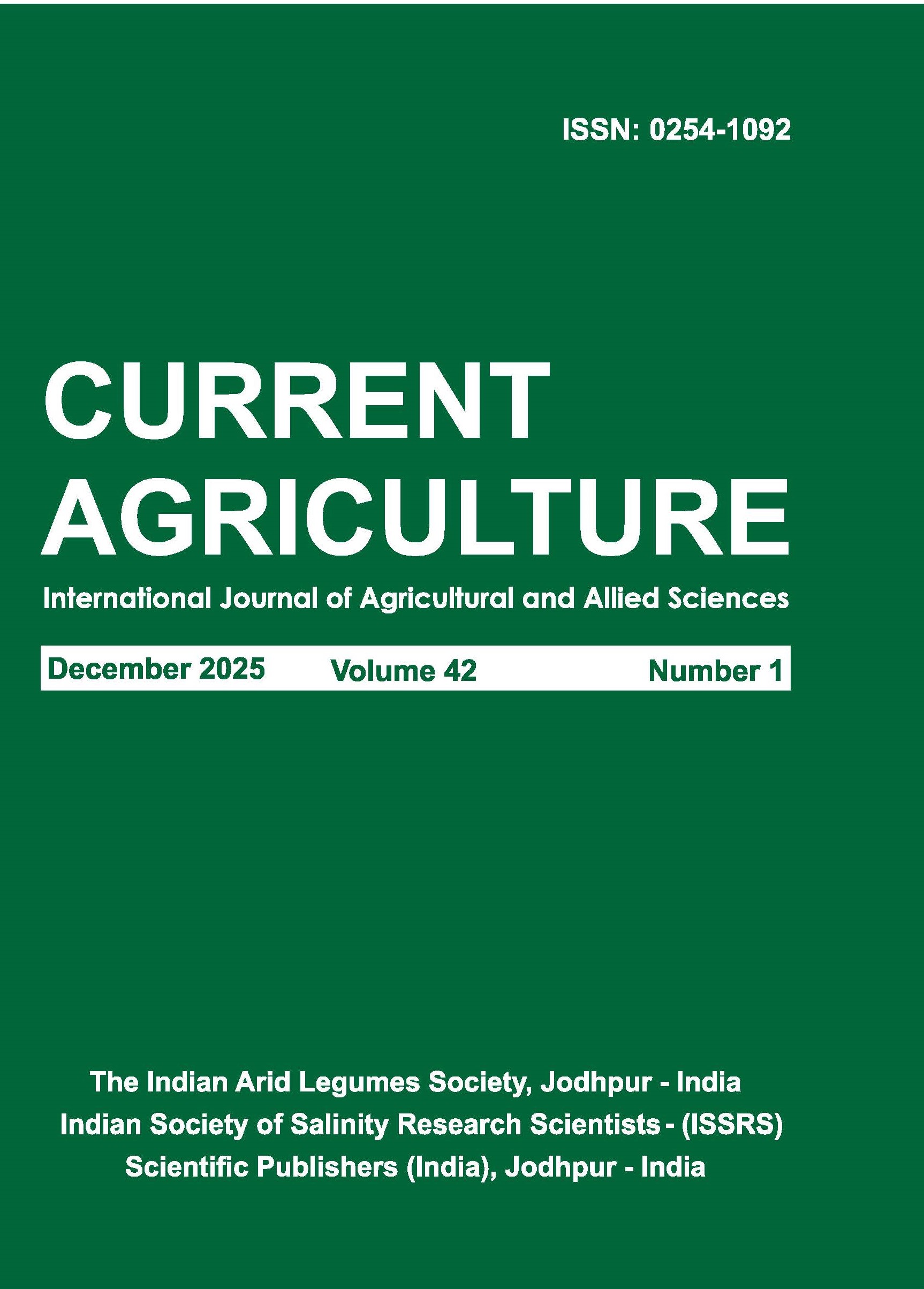Abiotic stresses like drought, high temperature, and soil salinity are interconnected challenges that significantly affect plant growth and productivity. Drought conditions limit water availability, reducing nutrient uptake and leading to physiological imbalances. High temperatures exacerbate this stress by increasing evapotranspiration rates, causing dehydration and impairing photosynthesis. Soil salinity further complicates these conditions by altering osmotic balance, restricting water absorption, and inducing ion toxicity in plants. Together, these stresses create a compound effects where reduced water availability, heat-induced metabolic disruptions, and saline toxicity collectively weaken plant resilience. Understanding the intricate relationship among these abiotic factors is crucial for developing adaptive strategies, such as improved crop varieties, agronomic and soil management techniques, and efficient irrigation practices, to enhance stress tolerance in agricultural systems. Plants have developed a range of morphological and physiological strategies to endure abiotic stresses, ensuring their survival in challenging environments. This paper presents a comprehensive analysis of these adaptive mechanisms, highlighting how plants modify their morphological and physiological characteristics to mitigate the adverse effects of the stresses. By examining these responses, we gain deeper insights into the resilience of plant systems and their capacity to thrive respite from unfavorable conditions. The results revealed that leaf water content was involved in drought and high temperature tolerance. Relationship between the midday drop of leaf water content and reproductive responses showed that the cultivars with a smaller reduction in midday leaf water content over morning displayed higher production of reproductive structures and consequently higher yield as compared with the plants with a larger midday drop of leaf water content. Therefore, the use of midday drop of leaf water content as a physiological indicator for screening large germplasm for heat and drought tolerance may be employed for developing tolerant plants in field crops. The findings from these experiments contribute valuable knowledge towards enhancing stress resilience in crops, supporting the development of more adaptable and high-yielding varieties suited for changing climate conditions.






